How would you describe the philosophy of your studio? What was the actual key for its success?
In design we tend to over intellectualise design strategies. However lately I see design along the lines of composing and resonating your visions and ideas more directly. I’m more interested in designing through an organic process, as opposed to a more linear or linguistic approach.
Which is the most challenging project you've ever worked on?
This is a difficult question to answer as we see almost all projects as potentially challenging. Sometimes designing a smaller project, such as a single family house, can be very challenging because you are dealing with very personal and psychological desires from the client and you have to work with these and find architectural solutions for them. But also with very large scale projects it is important to ensure that these receive the same attention to detail as smaller projects. This is why we constantly challenge the quality of the different scales of every project we do. This also ensures that we get better and better at developing concepts of control for the grammar with which we make architecture.
Among all the awards you've won, which one is your favorite and why?
I would say the Charles Jencks Award. When I was a young student architect, I read a book by Jencks called Adhocism and became fascinated with his writings. So a few years ago when I was given an award by him I felt truly honored that he would be enthusiastic about my work in return.
When did you realize you wanted to do this for living? And what was the first turning point of your career?
I chose to work in architecture after seeing the Katsura Palace in Japan. My visit to the Villa was a very special, intense, almost indescribable experience. I also read a lot about it in connection to Bruno Taut and the understanding that modern architecture was seen to have started with the Katsura Palace. It was tough to change professions, as I already had a design career behind me when I switched to architecture, but I have never regretted it.
In terms of a turning point, the Erasmus Bridge was one of my first projects and there I learned for the first time how to work on a large scale and within a city context. I was around 23 or 24 at the time, which was quite young for such a commission, but I was also busy with expanding UNStudio at the same time, so it was a very intense period for me.
Which are your favorite materials and why?
I am very interested in interactive materials: materials that respond to, or are affected by different conditions - such as light that causes them to change color for instance. I also like very noble materials, those with a sense of history and craftsmanship, so my palette is quite diverse.
In terms of design and architecture, what is the place to be right now? Which is the most "futuristic" city, so to say?
Singapore, Shanghai and Seoul are very interesting at the moment. They have something in common. Perhaps it’s a sense of optimism, of modernisation and thinking about the future. Singapore for instance has the ambition to be the greenest and most sustainable city in the world, while Shanghai is creating an incredible skyline of contemporary architecture and Seoul is the most social and interactive city I know. It has wonderful neighbourhoods full of cafés and restaurants: an endless choice of places to meet.
Are there still strong differences between eastern and western styles?
I think differences are becoming less and less. If you look back at the history of recent Western architecture, such as the work of Frank Lloyd Wright, you will see that he was already influenced by Japanese paintings. East and West have always influenced each other, but today it is becoming more hybrid and therefore more powerful. The same influence is happening in contemporary art and you can particularly witness this in China.
What do you think will be the trend of the next 10 years in terms of interior design? What does the future hold? Will sustainability be the keyword?
Sustainability is of course important in the future of interior design, but there are also other trends, such as the provision of affordable homes of quality for first time buyers - even if they are small in surface area. I notice a growing trend for small scale residences with high quality interior finishes, but within a realistic and affordable budget. Flexibility is also important, as is the use of good materials.
What's the most valuable thing about emerging designers?
That they can come up with original and good ideas. Too much attention to form-making or ‘design-design’ is not so important anymore, there is already so much of that. Real value is to be found in new forms of intelligent design based on better ideas. A good form will always fall into place.
Info: www.unstudio.com
PORTRAIT COURTESY: Inga Powilleit
PROJECT PHOTOS COURTESY: Christian Richters, Iwan Baan and Inga Powilleit
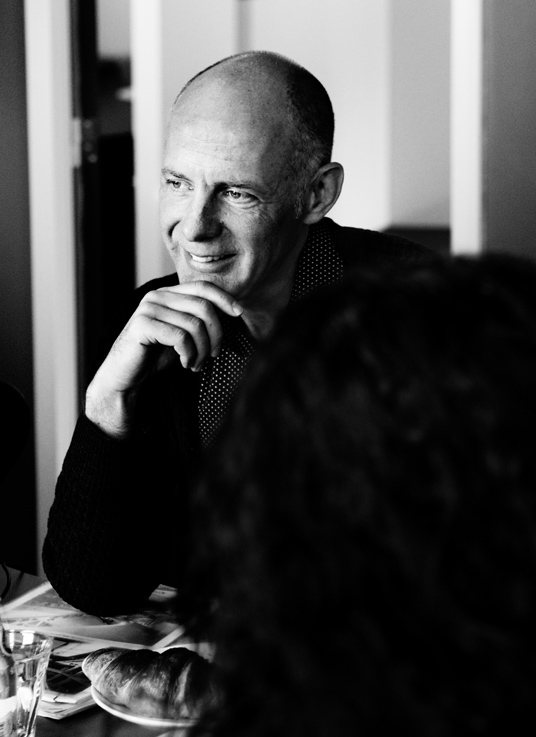

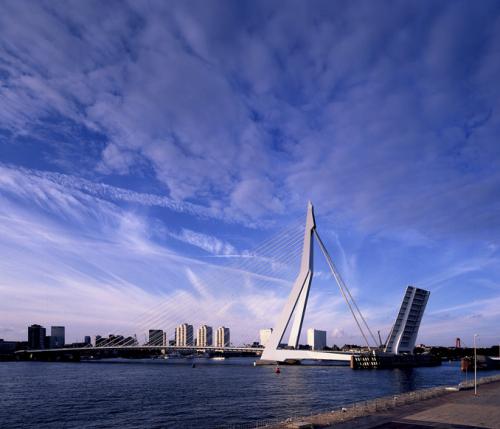
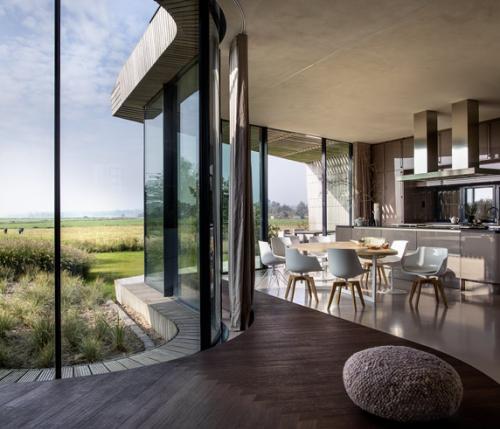
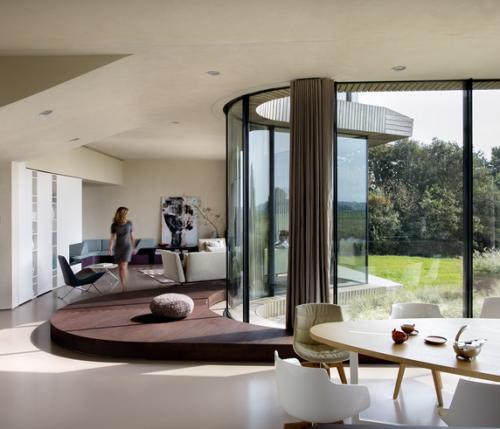
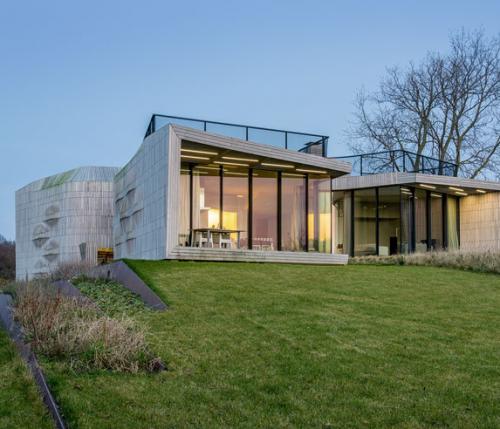
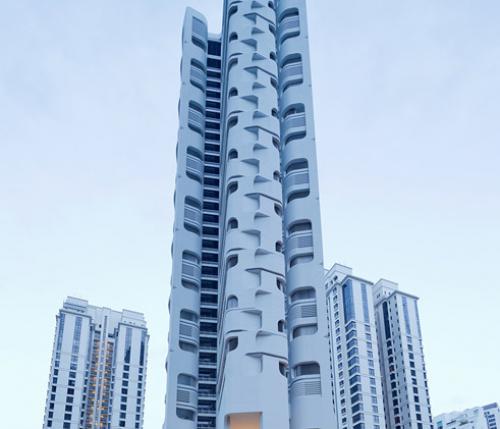
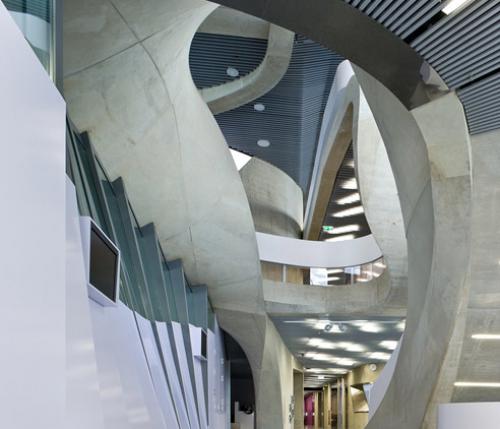
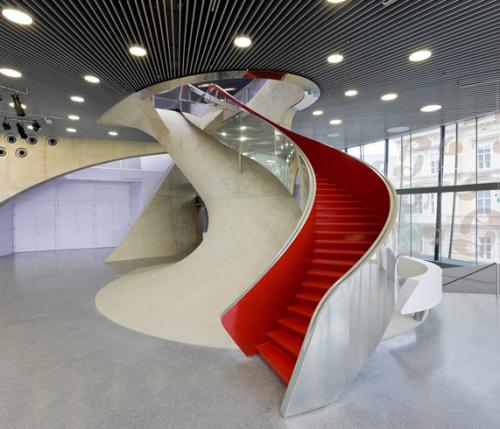
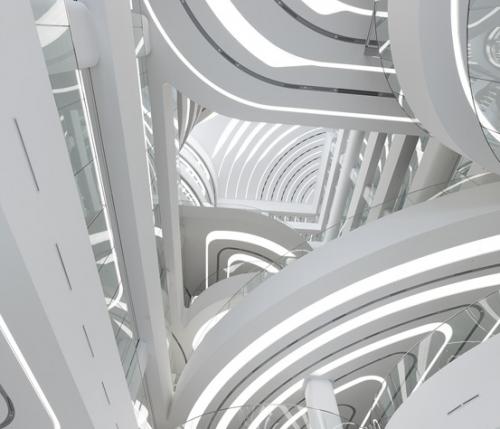
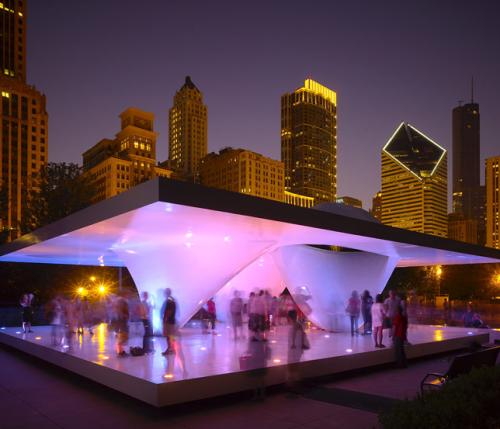
 Workspace Design Show: 2024 UK Edition
Workspace Design Show: 2024 UK Edition  Open-air elegance: Claudio Bellini x Higold, the symphony of outdoor design
Open-air elegance: Claudio Bellini x Higold, the symphony of outdoor design  A stylish oasis for outdoor spaces
A stylish oasis for outdoor spaces  How to capture your property's best features
How to capture your property's best features